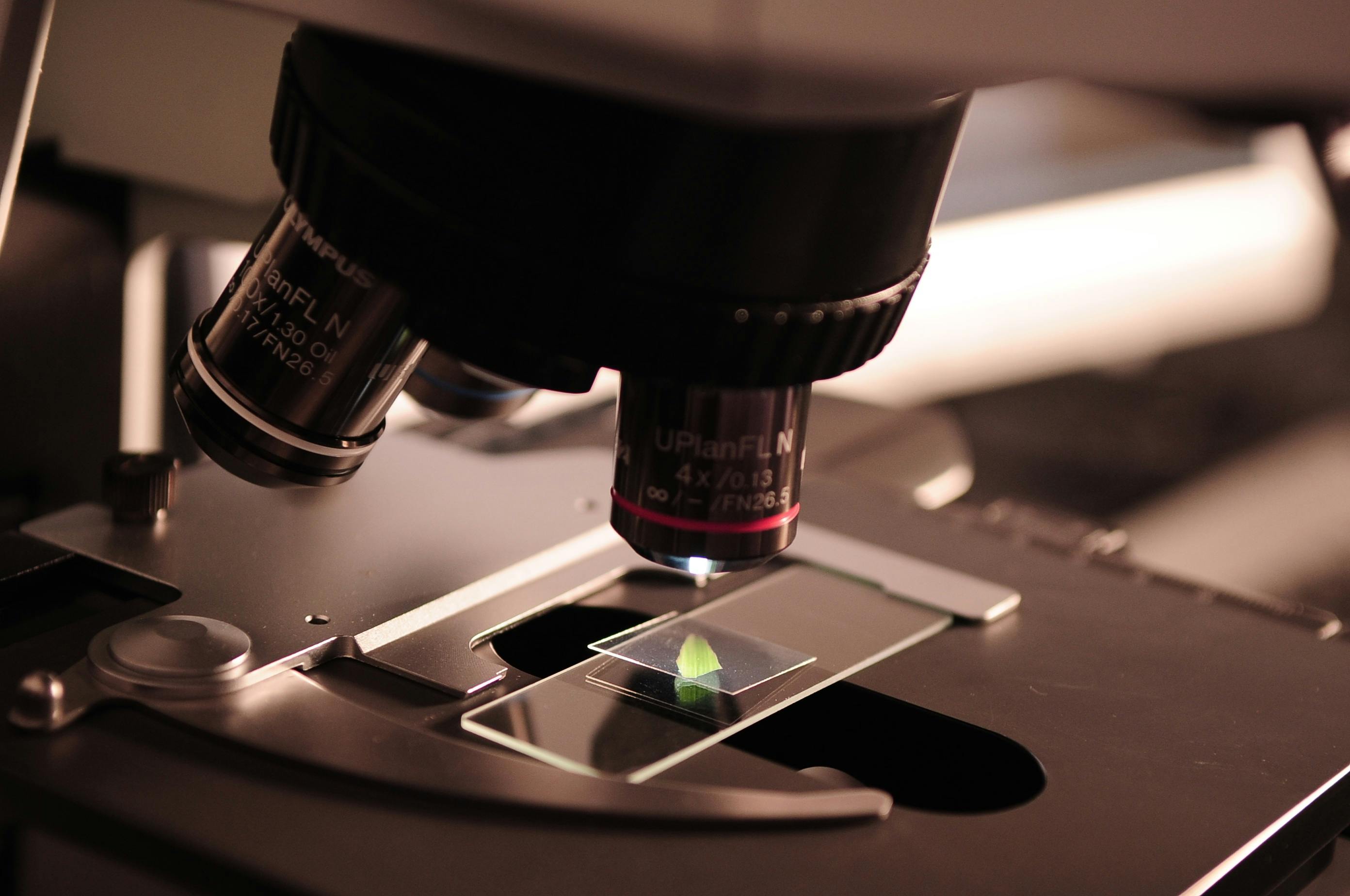Introduction: The Bisphenol Dilemma
For decades, Bisphenol A (BPA) lurked in our water bottles, food containers, and receipts—a ubiquitous industrial chemical with a dark secret. Studies revealed BPA acts as an endocrine disruptor, mimicking estrogen and interfering with hormonal systems. When the European Food Safety Authority (EFSA) slashed the safe daily BPA limit by 100,000-fold in 2025, the race for safer alternatives intensified 6 . Enter tetrazole-bearing bisphenols (TbBs): synthetic molecules engineered to retain BPA's material benefits without its estrogenic baggage. This article explores how scientists are designing, testing, and validating these promising compounds.
Key Concepts: Estrogen Mimicry & Molecular Engineering
The Estrogen Receptor Lock-and-Key
Estrogen receptors (ERs) are cellular "locks" activated by the "key" of natural estrogen. Problematic chemicals like BPA partially fit these locks, triggering abnormal signals linked to cancer, infertility, and metabolic disorders 2 .

Tetrazole: The Non-Estrogenic Core
Tetrazoles are nitrogen-rich rings replacing BPA's central acetone group. This swap introduces polarity and bulkiness, preventing TbBs from binding ERs. Computational models show tetrazole's rigid structure creates steric clashes in the ER binding pocket—like a wrong-sized key jamming a lock 2 .

Tetrazole ring structure (Wikimedia Commons)
Metabolic Activation: The Hidden Threat
Some "safe" compounds turn toxic when metabolized. BPA's metabolite MBP, for example, is 1,000x more estrogenic than BPA itself 6 . Researchers now prioritize molecules that degrade into inert fragments—a critical focus for TbBs.
In-Depth Look: The Decisive Experiment
Hypothesis
Could TbB ligands serve as truly inert BPA replacements, resisting ER binding and avoiding toxic metabolism?
Methodology: A Three-Pronged Approach 2 6
- Computational Docking: Simulated how TbBs (223-2, 223-3, 223-10) bind human ERα vs. BPA.
- In Vitro Binding: Measured ERα binding affinity using radiolabeled estradiol competition assays.
- Metabolic Stability:
- Screened for CYP enzyme inhibition (major drug-metabolizing enzymes)
- Tracked metabolite formation in human hepatocytes using LC-MS.
Results & Analysis
Table 1: Estrogen Receptor Binding Affinity
| Compound | % Inhibition at 10µM | IC₅₀ (µM) |
|---|---|---|
| BPA | 100% | 0.24 |
| 223-2 | <15% | N/A |
| 223-3 | <15% | N/A |
TbBs showed near-background ER binding—confirming computational predictions 2 .
Table 2: CYP Enzyme Inhibition Profile
| CYP Isoform | 223-2 Inhibition | 223-3 Inhibition | Risk Level |
|---|---|---|---|
| 2C9 | Moderate | High | ⚠️⚠️⚠️ |
| 3A4 | Low | High | ⚠️⚠️ |
| 2D6 | None | None | ✅ |
223-3 inhibited multiple CYPs, risking drug interactions; 223-2 was cleaner 6 .
Table 3: Metabolic Stability in Human Hepatocytes
| Compound | Primary Metabolite | Estrogenic? | Half-Life (min) |
|---|---|---|---|
| BPA | MBP (quinone) | Yes (High) | 30 |
| 223-2 | Glucuronide | No | >240 |
| 223-3 | Hydroxy-tetrazole | No | 90 |
223-2 rapidly converted to a non-estrogenic glucuronide, ideal for safe excretion 6 .
Breakthrough Insight
While all TbBs avoided ER binding, 223-2 emerged as the lead candidate due to its minimal CYP inhibition and benign metabolism—addressing BPA's twin failures 2 6 .
The Scientist's Toolkit: Key Research Reagents
| Reagent | Function | Why It Matters |
|---|---|---|
| Human Liver Microsomes | Contain CYP enzymes | Simulates liver metabolism of TbBs |
| Cryopreserved Human Hepatocytes | Live human liver cells | Tests real-world metabolite formation |
| Radiolabeled ³H-Estradiol | Competes with compounds for ER binding | Quantifies estrogenic activity |
| Molecular Dynamics Software (e.g., AutoDock) | Models compound-receptor interactions | Predicts binding 10,000x faster than lab tests |
| LC-MS/MS Systems | Separates & identifies metabolites | Detects toxic byproducts at trace levels |

Advanced Analytical Tools
LC-MS systems enable precise metabolite identification at trace concentrations.

Computational Power
Docking simulations accelerate compound screening before lab validation.
Beyond Plastics: Broader Implications
Cancer Immunotherapy
Estrogens suppress tumor-fighting eosinophils; non-estrogenic TbBs could avoid this .
Obesity Management
Brain-synthesized estrogens (neuroestrogens) regulate appetite; inert TbBs won't disrupt this pathway 3 .
Conclusion: The Path to Safer Polymers
Tetrazole-bearing bisphenols represent a triumph of predictive toxicology—where computational models guide safer chemical design. With 223-2 advancing toward in vivo studies, we edge closer to plastics that preserve both food and physiological integrity. As one researcher noted: "The goal isn't just replacing BPA, but igniting a materials revolution where safety is engineered from the first atom." 6 .
Further Reading: Explore the EFSA's 2025 BPA reassessment or the NIH's Safer Chemicals Program for updates on TbB commercialization.